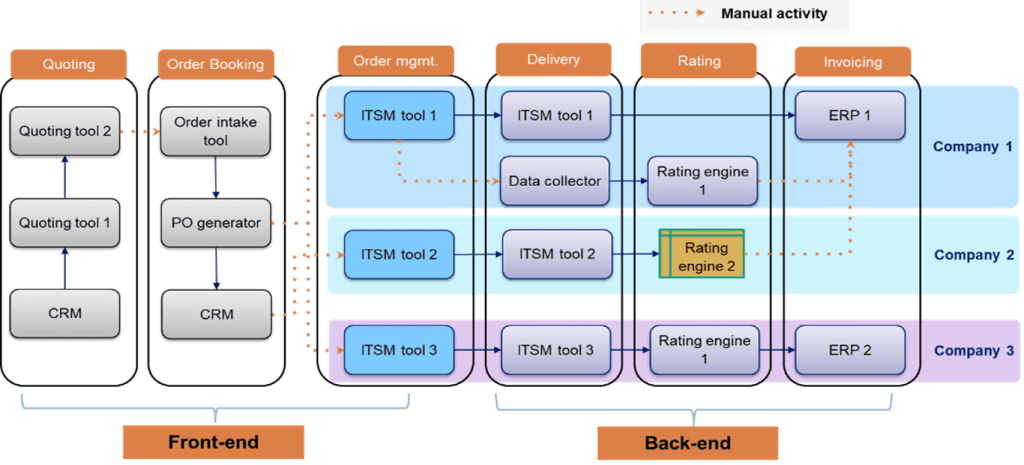As a leader, you’re always looking for ways to unlock cost savings without sacrificing performance or customer satisfaction. Through my experience in leading large-scale transformation programs, I’ve discovered proven steps that can help your company realize $500K+ in savings. These strategies are not just about cutting costs—they’re about building efficiency, preventing losses, and setting your organization up for long-term success.
Step 1: Dive Deep into Your Value Stream 🔍
Savings Potential: Up to 30% of operational costs


The first step to significant savings is understanding how your business currently operates. Dive deep into your value stream to identify inefficiencies, unnecessary delays, and hidden expenses. The key here is not only trimming the fat but also ensuring that you’re not leaking money due to poor processes.
Key Signs of Inefficiency:
- 🕐 Slow Bid Process: Deals can slip away when it takes too long to generate offers for leads. Streamlining your bidding process leads to faster closes.
- 🚚 Delivery Delays: Slow delivery times not only frustrate clients but also expose you to potential penalties and churn. Often, these delays are due to non-value-adding steps in your process, causing bottlenecks and idle time.
- ⚙️ Misaligned Front and Back Offices: When your front-end (Opportunity to Order) and back-end (Order to Cash) are out of sync, it leads to process bottlenecks and revenue loss.
💡Actionable Tip: Use tools like Value Stream Mapping to evaluate these processes and eliminate bottlenecks. This could immediately improve both customer satisfaction and cash flow.
Step 2: Evaluate Your Business Platforms 🖥️
Savings Potential: 10-20% on software and maintenance costs
Example of a complex platform transformation initiative
As-Is state multiple platforms vs. streamlined Target Operating Model



In large organizations, especially those involved in mergers and acquisitions, platform redundancy is a common issue. You may inherit dozens of legacy systems, which, while essential at some point, now create unnecessary costs.
For instance, I’ve worked with companies that maintain over 20 (!!!) platforms, including four critical systems that generated high maintenance costs and unnecessary manual interventions. Consolidating platforms ALWAYS reduce costs and free up resources for more strategic initiatives.
How to Consolidate Platforms:
- 🧩 Impact Analysis: Evaluate which business processes are dependent on each platform. Which ones are redundant, and which ones are mission-critical?
- 📊 Business Criticality Review: Analyze the impact of each platform by measuring its transaction volume, user activity, and financial contribution. —how many users rely on it? What volume of transactions does it handle?
- 🤝 Partner with IT: Collaborate with your tech team to replace or consolidate legacy systems. Look for opportunities to automate processes within newer, integrated platforms.
Step 3: Automate for Efficiency and Growth 🤖
Savings Potential: 15-40% on operational costs + increased revenue through better customer experiences

Automation isn’t just a buzzword—it’s a powerhouse for driving efficiency and cost savings. If you’re still handling significant manual tasks, automation can free up time, reduce errors, and enhance the speed and quality of your services.
If you’re relying heavily on manual tasks, you’re missing out on significant savings and performance gains. Replacing manual tasks with automation allows your team to focus on high-impact activities while reducing errors and delays.
But how do you identify which processes to automate?
Steps to Successful Automation:
- 📝 Identify Manual Processes: Identify manual processes ripe for automation—look for repetitive tasks that drain employee time without adding significant value.
- 🔄 Test Business Impact: Conduct interviews with users and stakeholders to ensure that automating a process won’t inadvertently break something. Test and retest.
- 👨💻 Bring in the Experts: Involve data analysts or DevOps specialists to validate feasibility, evaluate the effort required, and provide realistic timelines for implementation.
🎯Bonus Benefits: Automation boosts not just efficiency, but also employee morale (less boring work!) and customer satisfaction (faster service!).
By analyzing your value streams, consolidating redundant platforms, and embracing automation, you can unlock substantial savings—potentially $500K or more! These steps don’t just trim costs—they position your company for growth, higher efficiency, and greater customer satisfaction.


